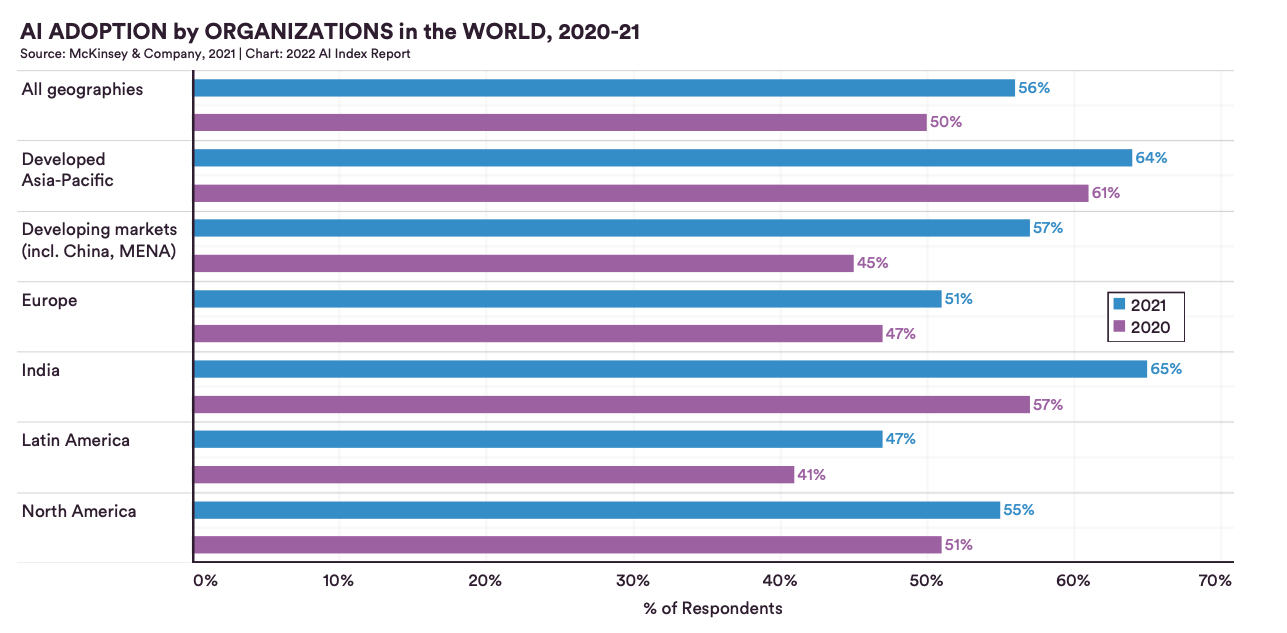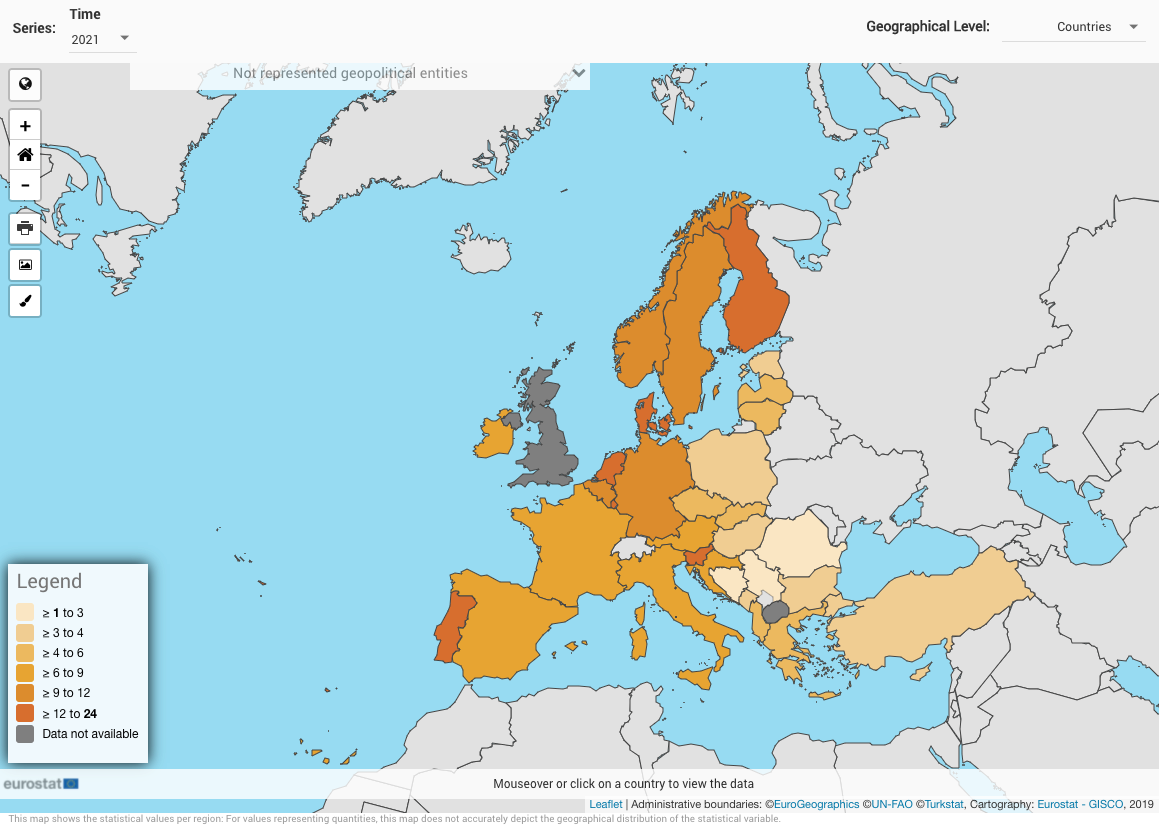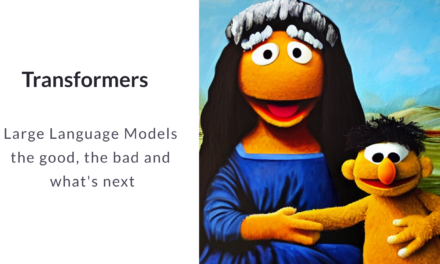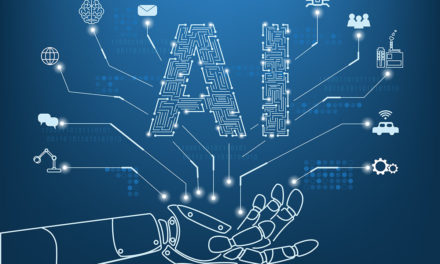We are living in the AI century
Artificial Intelligence (AI) is likely the most important technology of our time. It is a general purpose technology that is changing the way we live, the way we work. AI will be key to fight climate change and achieve the UN sustainability goals.
The AI century
The Century of Artificial Intelligence began more than 60 years ago. So we are already in the second half.
In the first half of the AI century, there were many groundbreaking research results. Machine Learning was first discussed in the 1950s. The term Artificial Intelligence was first used in 1956.

Source: Ingo Hoffmann
The adoption in the real world was mainly driven by the “Good old fashioned AI” in the first half . Based on deduction, AI systems were able to “think” and make decisions. The term used for this: Expert Systems. But it never delivered what it promised. It was very difficult to bring expert knowledge into these systems – because they could not learn from experience.
All that changed in the second half. Driven by the exponential growth of digital data (Internet) and computing power (cloud computing, GPUs) and new insights from research, the old paradigms of machine learning – especially deep learning – are now working in practice. We now have AI systems that can “learn” based on induction – they can learn from data. This has opened up possibilities for real world solutions in many areas – and the use of AI is now growing exponentially.
To be clear, I believe the strength of AI lies in combining it with our human capabilities. Human plus machine will bring us the greatest benefit. AI can bring us “superpowers” if used properly. And we will need these superpowers to combat the climate crisis and develop a sustainable future for us all. This is even more true in uncertain times like today.
But for many people and organizations it does not feel like we are living in the AI century
AI adoption is here but is not evenly distributed
A few facts
Industry adoption
Large organizations are adopting AI at an ever increasing speed. Some of the most valuable companies of the world like Alphabet (Google), Apple, Amazon, Tesla or Facebook are all investing heavily in this technology (same is true for their Chinese counterparts).
Based on the McKinsey report “The State of AI 2021” and the AI Index the AI adoption is continuing its steady rise. 56 percent of the respondents have adopted AI in their organization. And 27 percent saw an increase of their EBIT of at least 5% attributable to AI. (1).

Source: AI Index / McKinsey
But looking at the adoption of AI in European businesses in 2021 we can see that the average adoption rate is only 8%. Denmark is leading with 24% adoption rate – but most countries are around 10%. (2)

AI Adoption in European businesses. Source: Eurostat
Mainly the smaller organizations are not adopting AI yet. Lack of knowledge, limited access to experts, no visibility of relevant AI solutions might be some reasons we have to address.
Access to computing power
The development of AI solutions needs more and more computing power. Access to super computing is a critical success factor for developing better AI algorithms
The latest statistic of super computing systems and performance shows a very uneven distribution. Few countries have the majority of systems. Developing countries are far behind. (3)

Through cloud computing many organizations and people have access to computing power like never before. But training large AI algorithms requires increasing computing power – and is limited to just a few organizations and countries.
Private Investments
If we look at the private investments in AI – a main driver to develop AI based solutions in startups – we can see a similar picture. A few countries are leading the pace – mainly the US and China (4)




